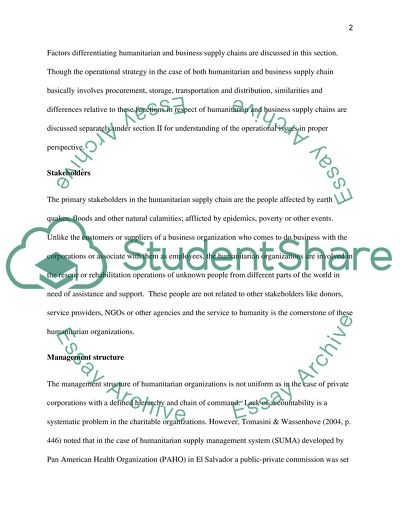Cite this document
(“LOGISTICS AND SUPPLY CHAIN - Compare & contrast humanitarian & Essay”, n.d.)
Retrieved from https://studentshare.org/environmental-studies/1416028-logistics-and-supply-chain-compare-contrast
Retrieved from https://studentshare.org/environmental-studies/1416028-logistics-and-supply-chain-compare-contrast
(LOGISTICS AND SUPPLY CHAIN - Compare & Contrast Humanitarian & Essay)
https://studentshare.org/environmental-studies/1416028-logistics-and-supply-chain-compare-contrast.
https://studentshare.org/environmental-studies/1416028-logistics-and-supply-chain-compare-contrast.
“LOGISTICS AND SUPPLY CHAIN - Compare & Contrast Humanitarian & Essay”, n.d. https://studentshare.org/environmental-studies/1416028-logistics-and-supply-chain-compare-contrast.


